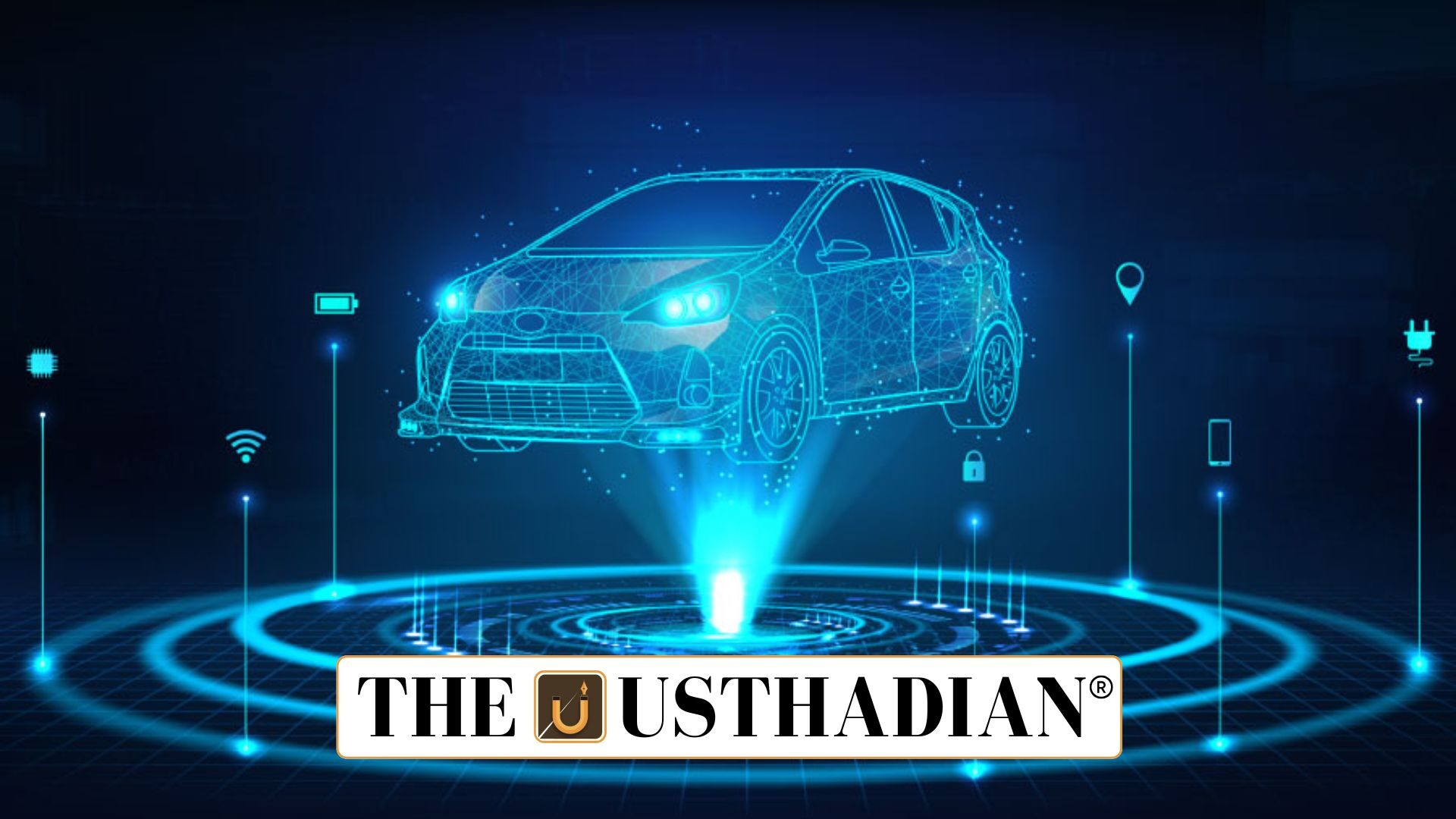Vision for a Global Automotive Hub
India’s Roadmap to Global Automotive Leadership: The Automotive Mission Plan 2047 (AMP 2047) is India’s bold strategy to transform its automotive sector into a global leader by 2047. This initiative is closely linked with the national vision of Viksit Bharat @2047, aiming for economic and technological transformation.
AMP 2047 marks a shift from earlier efforts like AMP 2016–2026, which focused on value addition, job creation, and exports. The new plan integrates sustainability, innovation, and global competitiveness as its core pillars.
Strategic Objectives and Focus
The primary objective of AMP 2047 is to boost India’s share in the global automotive trade. The focus is no longer just on manufacturing volumes but on quality, technology leadership, and clean mobility solutions.
The roadmap includes adoption of advanced engineering, green fuels, and EV infrastructure. It also aims to establish India as a hub for automotive R&D and high-performance manufacturing.
Static GK fact: India is the third-largest automobile market in the world after China and the USA as of 2023.
Multi-Stakeholder Engagement
Seven expert sub-committees have been formed to steer the plan. These committees include representatives from:
- Government ministries like Road Transport, Commerce, Petroleum, and Environment
- Industry bodies such as SIAM, ACMA, CII, and FICCI
- OEMs and auto component makers
- Academia and research institutions
This collaborative model ensures balanced decision-making and inclusive growth.
Static GK fact: SIAM (Society of Indian Automobile Manufacturers) was founded in 2002 and plays a major role in policy advocacy for the automobile sector.
Milestones for 2030, 2037, and 2047
AMP 2047 sets clear milestones in three phases:
- 2030: Strengthen domestic manufacturing and build global competitiveness
- 2037: Expand India’s export footprint and adopt futuristic vehicle technologies
- 2047: Achieve leadership in design, manufacturing, exports, and sustainable mobility
The milestones include increased GDP contribution, enhanced employment, and higher technological output.
Challenges and Opportunities Ahead
India faces challenges like technological disruptions, infrastructure gaps, and global competition. However, AMP 2047 provides a proactive roadmap:
- Electric mobility and hydrogen fuels to reduce carbon footprint
- Investment in charging networks and smart factories
- Focus on skill development to align with future automotive needs
- Emphasis on R&D and global quality benchmarks
Static GK Tip: India’s National Electric Mobility Mission Plan (NEMMP) was launched in 2013 to promote hybrid and electric vehicles.
Static Usthadian Current Affairs Table
India’s Roadmap to Global Automotive Leadership:
| Topic | Detail |
| Launch Year of AMP 2047 | 2025 |
| Link to National Vision | Aligned with Viksit Bharat @2047 |
| Key Ministries Involved | Road Transport, Commerce, Petroleum, Power, Environment |
| Industry Bodies Participating | SIAM, ACMA, CII, FICCI |
| Previous Automotive Plan | Automotive Mission Plan 2016–2026 |
| Focus Areas | Sustainability, innovation, global trade, EV infrastructure |
| Milestone Years | 2030, 2037, 2047 |
| India’s Global Rank in Auto Market | Third-largest (2023) |
| Skill and R&D Emphasis | High—focused on future workforce and innovation |
| Export and GDP Goals | Increased automotive exports and sector GDP contribution |








